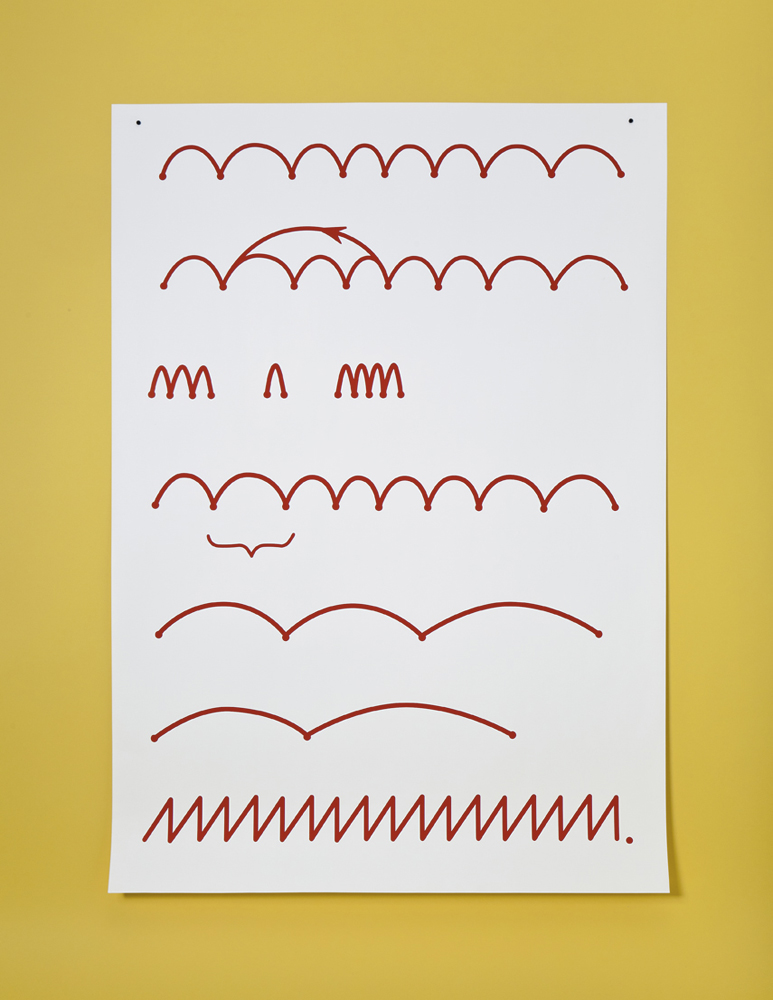
Felix Salut, Sacades
My student Alex was really fascinated by a Nike advertisement from last year. âFULL SPEED TOWARDS WHATEVERâ the campaign urged. In fact, Nikeâs slogan seems to compress two essential phenomena of our time: the constant need to accelerate and a certain disorientation with regards to where we are actually heading. Is there a causality there? Are we trying to speed up things because there is no clear destination?
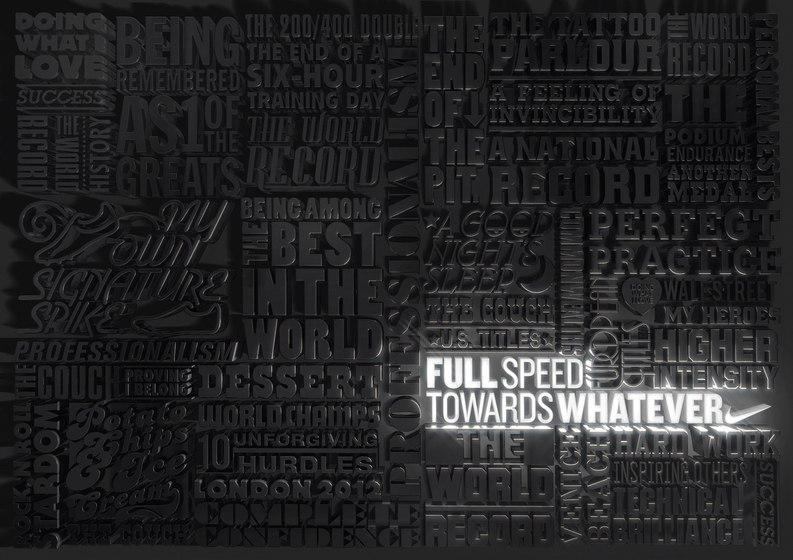
Advertisement Nike
Shortly before his death in 2010, economist Tony Judt gave a speech with the title âWhat is Living and What is Dead in Social Democracyâ. Judt talks about what our society has lost by abandoning social democratic principals. In strikingly clear language, he points out that it is a mistake to make economics the authority in all public affairs discussions.
« For the last thirty years, in much of the English-speaking world (though less so in continental Europe and elsewhere), when asking ourselves whether we support a proposal or initiative, we have not asked, is it good or bad? Instead we inquire: Is it efficient? Is it productive? (…) »

Applied stenography
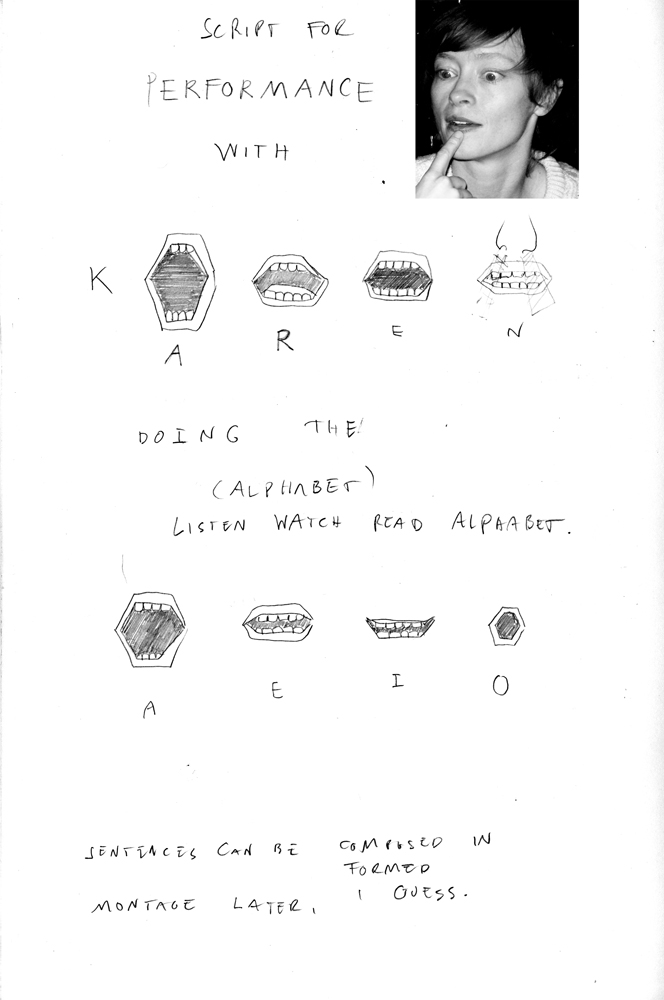
Listen, watch, read, script
As a typographer I am interested in language and its visual representation. I am particularly interested in attempts to make language more efficient. For the last couple of years I have observed phenomena that aim to accelerate reading and writing.
Stenography, for example, is a system especially invented to accelerate notation. There are various versions in every language and they follow different principles. And, every system is also refined and becomes unique through personal usage. What all systems have in common is their search for acceleration but â paradoxically â they are quite complicated, difficult and time-consuming to learn. This could be the reason why stenography never developed into a commonly-used system despite the incredible demand for speed in our society.
I observed that the development of writing systems was not isolated but part of a bigger social and political scheme that had a direct connection to modern life: an explosion of innovations in stenographic systems was reached at the end of the 19th century â when life and communication was enormously accelerated by the accoutrements of industrialisation: electricity, the assembly line, the railway system, the telephone, the photograph, the gramophone?), the radio, Morse code, telegraphy, the newspaper.
Since recording systems like audio recorders or movie cameras were not yet accessible to a larger audience, a quick way of writing down news and other messages was urgently needed. Right into the 20th century, stenography was commonly used by secretaries, journalists, in court, and so on.
It even used to be on the school curriculae in economy-based German high schools and only slowly disappeared. My mum still uses it today as a kind of secret dinosaur language in her diary.
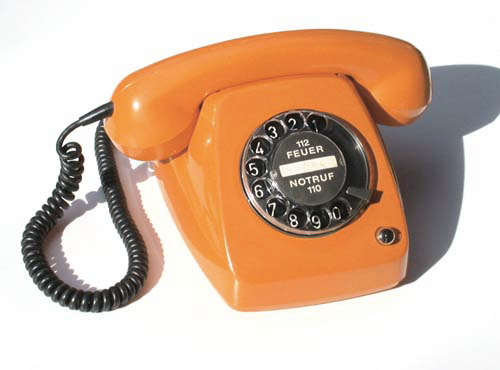
Rotary dial telefon
I was raised in the 1980s in a small town in West Germany, a child of the Post-Wirtschaftswunder era. My home-townâs wealth was due to its ball-bearing factories that mostly produced for the car industry.
Like most kids of my generation, I was raised with the idea of constant progress, the accumulation of prosperity and wealth. Everything, so we were told, was getting better and â most importantly â technical improvements would help us to make life easier and keep this progress going. I had every reason to believe it: gross national product in Germany showed a constant ascending line. Audi, BMW, Mercedes, and Porsche produced cars that could accelerate from 0 â 100 km/h much faster with every new model released. Automatic window openers accelerated the velocity at which we could move the windows up & down and up & down and up & down. Central door locking made sure that my dad could give up all his paranoid walks round the car, checking the side doors, the back doors, the trunk and the side doors again.
Calling a number on a phone was sped up by replacing the rotary dial with a push button system. Telephones developed from a fixed object that had to be installed in the center of your house into a portable item that you could take with you and lock yourself in your room with. My mumâs old Olivetti typewriter was replaced by a electronic version with a one line display and a spelling function. Television was privatised with 20 programs becoming available instead of three. Broadcasting was continuous, 24 hours a day. All of a sudden, music channels popped up and paved the way for video clips that enabled Madonna to portray herself as Madonna the virgin and material girl at the same time.
Then, when I was 12, the first Commodore 64 was released. As a child, the long hours of waiting in front of my floppy disc seemed nothing to me. I was rewarded by a colour screen, fantastic new game sounds and an infinitive number of computer games. Life seemed fantastic and I still see the light blue pixelated letters on the blue screen with the cursor blinking expectantly, waiting for my commands. READY â
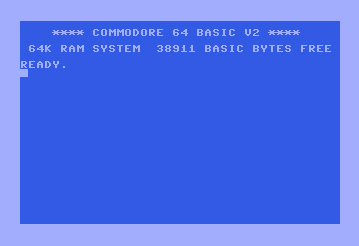
Commodore 64
Now, in 2011, my eldest son can start up and play a game on my i-phone in an instant. Noah is 4.6 years old, wants to be 8, is 1 meter 12 cm high, weighs 19.5 kilos and runs 100m in 21,761 seconds. He is crazy about speed. He loves to run wherever he goes, likes to ride his bicycle as fast as he can, and is obsessed by speeding trains, cars, motorbikes, trikes, quads, trucks, monster trucks, helicopters, jets, airplanes, space shuttles and rockets. He adores it when we drive on the highway with open windows really â but really â fast. He sees the highway as a racing track and complains when we are not overtaking everyone. ‘I want to be first!’ he will say. Maybe this has all gone a bit too fast for me, but I canât remember anyone ever telling him that speed was something to strive for. Is liking speed a human condition?
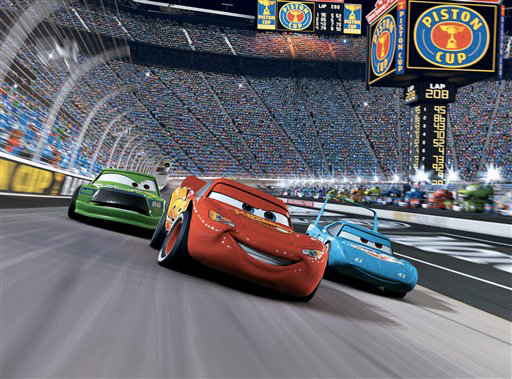
Speeding cars
The travel and tourism industry always provides a place for those who want to speed up even in their free time. All-inclusive deals are provided because choice â and all possible doubts that could go with it â are eliminated.
But most offers are to see MORE in LESS time. Europe in a week. Rome, London, Berlin and Paris in one day. The Coliseum. Big Ben, the Reichstag. Tour d’Eiffel. Guided tours, pointing umbrellas. A quick run past the buffet. And back to the bus.
Artist Daniel Bozhkov organises running city-tours. He does this as a project in different cities. During his tours, Boshkov takes a group of tourist along, running through the city. He doesnât say a single word, but by speeding up and taking away description and labels, the tour turns the city into a different location. Places become even more iconic but also interchangeable.âDoesn’t this look like âŠâ âThis reminds me of âŠâ are often comments his tours provoke. Daniel once told me that random people will always join in with the running, excited by the rush, convinced that the running will take them somewhere. Something must be going on, they think, and therefore something is going on.
To me, this sped-up version of viewing something creates a new vision of a city, but also of contemporary life itself. Speed, in fact, can result in an isolation bubble in which you perceive things differently. In his book The Map and the Territory, Michel Houellebecqâs main character describes this sense of isolation during a drive along the highway as the perfect sensation of happiness. And isnât the song âAutobahnâ by the German band Kraftwerk about exactly the same sensation?
2 minutes ago. LOL! Ha! Ha! -:). A Typography of Speed. Five people like this. You have TOO many friends.
âDer Geist der Buchstabenâ Benjamin quotes Rousseau in his observations on ABC books â âstammt aus den Sachen. Uns, unser So-und-Nicht-anders-Sein, haben wir in diesen Buchstaben ausgeprĂ€gt. Nicht wir sind ihre Vasallen, sondern sie sind nur unser lautgewordener gemeinsamer Wille. âIf this is true, maybe we can trace a history of efficiency by looking at the development of letters.
Instead of looking at their specific shape, I like to consider the gesture that forms a letter. One day while cycling through the city, I was struck by how much our letters have actually evolved. I saw a group of men communicating outside a hotel lobby. They were all concentrating on the touch screens of their smart phones in their left hand, fiddling with the fingers of their right. It was as if they were writing letters in the air, performing some kind of magic trick.
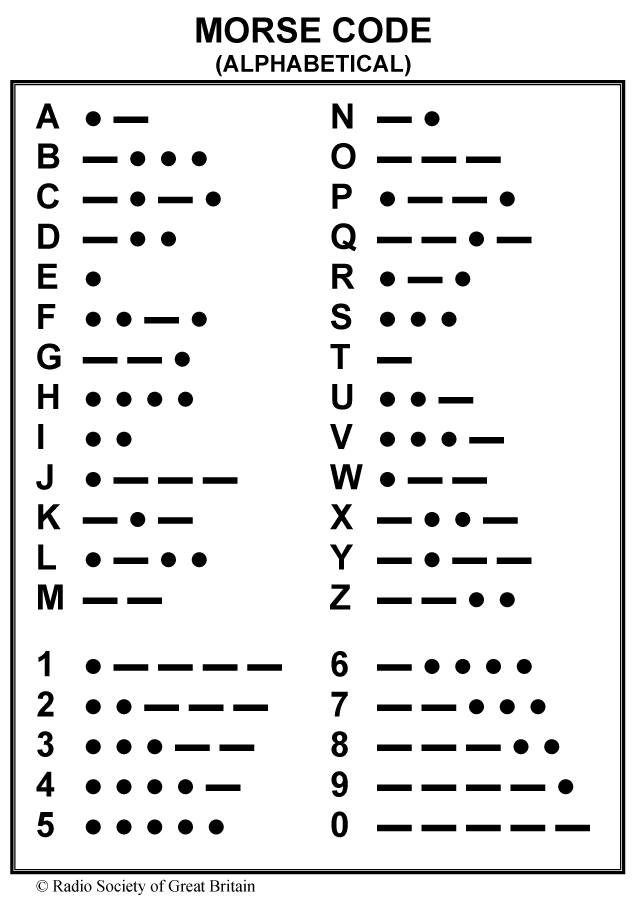
Morse code
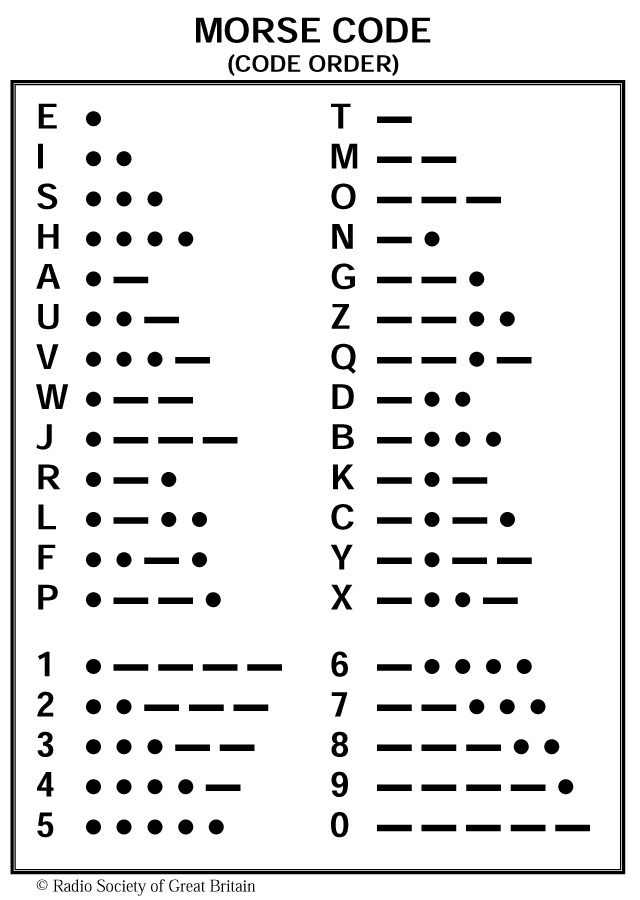
Morse code
But since the invention of the Morse code and telegraphy, letters can disappear in magic ways. Coded by a transmitter into long and short signals, the ABCs of modern time can be sent through the air and decoded on the other side. These letters can actually travel so fast that they become anything that serves fast transmission: an important message, an SOS, a singing telegram, the results of a sport event or the main headline on the front page of The New York Times.
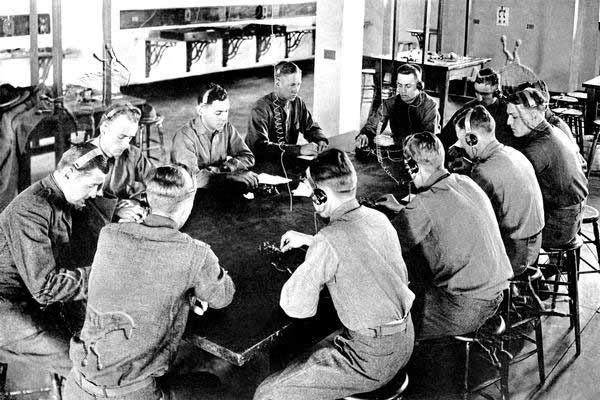
People learning the morse code
The Romans didnât know these tricks. They still had to perform an endless and tiresome amount of gestures, carving out monumental capitals in marble. It took centuries for our alphabet to be altered. With the need to handwrite texts faster and more abundantly, and with improved writing tools and surfaces, a second form of our alphabet was developed: the lower case. Whereas capital letters are formed by shapes that force the hand to draw the letter in more phases, the lower case developed from the desire to form a letter without interrupting the movement of the hand. The lower case, in fact, shows our longing for speed.
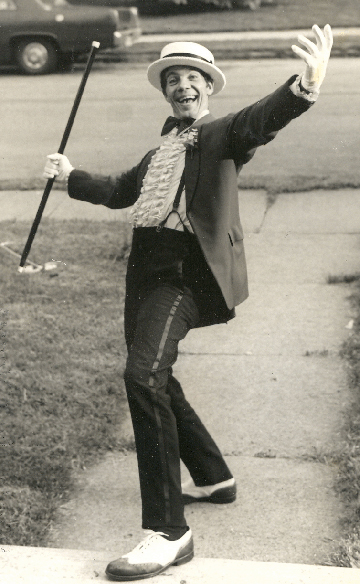
Singing telegram
A couple of years ago Palm Inc. developed personal digital assistants (PDAs) with a kind of magic wand. They can be seen as the precursor to our smart phones or tablets of today. Touch screens were still fairly basic so you couldnât just use your finger to write. A stylus (in most cases a plastic writing tool) served as an input device. But Palm even invented its own shorthand writing system along with the technology. An alphabet called Graffiti reduced the shape of all letters practically to the essence, so that every letter could be formed by a single gesture.
It is sign of the importance of gesture reduction that the Graffiti system became the subject of a massive lawsuit from Xerox, which claimed that Graffiti violated Xeroxâs patent relating to its writing system Unistrokes. Unistrokes looks very different and has a much more abstract approach to the representation of the alphabet but its patent protected the idea of an system in which each letter is represented by a single stroke.
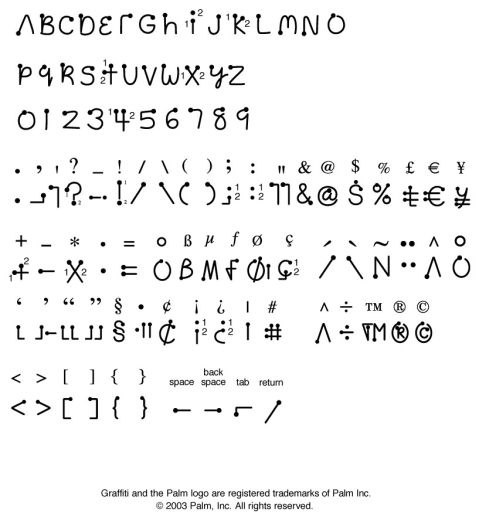
Graffiti Alphabet
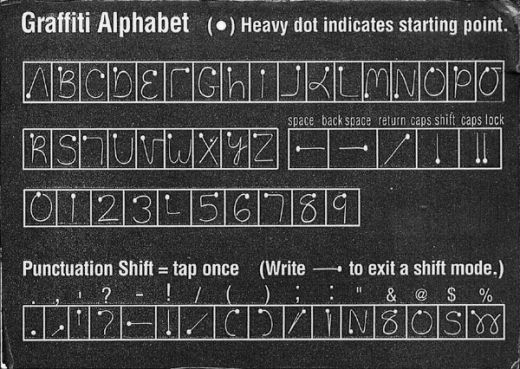
Graffiti Instructions
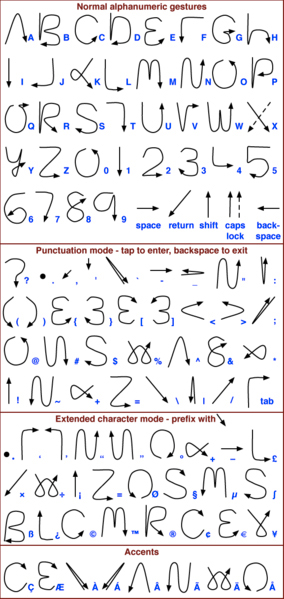
Graffiti alphabet
On May 6th 2008, the American Stock Market went down about 1,000 points in five minutes. This day went down in American history as The Flash Crash. Stock values behaved in such a irrational way that analysts are still trying to understand what actually happened. Part of it can be explained by the fact that a major part of the trading volume is ruled by high frequency traders. There is almost no human involvement in this anymore. Buying and selling is controlled by black boxes that adopt certain parameters. Time delays can be crucial for the trading companies so they are constantly seeking to diminish them. Experts called this âthe race to zeroâ. An individual trader sitting behind a regular PC would have so much time delay he would not be able to take part.
It is striking to think about the nature of information in this setting. Information is shared so fast, it is no longer visible to a human being. Texts, numbers and graphs travel with a velocity that we cannot even react to. Not even a gesture is possible at this moment. It almost seems as if speed has swallowed our letters.

Unistrokes
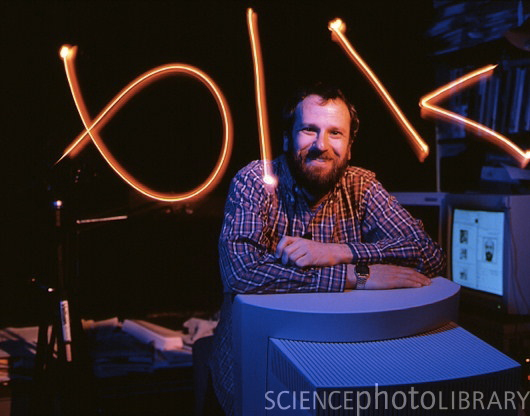
Unistrokes inventor
Is there a chance that we can rid ourselves from thinking in letters and sentences? If you look at Swype or T9write, words are formed by a single gesture with a movement of the finger across the keyboard. Imagine if this system replaced our alphabet. We would have dictionaries full of movements and books full of traces. At the moment I am limited to thinking in a linear way. I think from left to right, and top to bottom, following the letters across a page. But could I think in gestures?

Swype quick

Swype
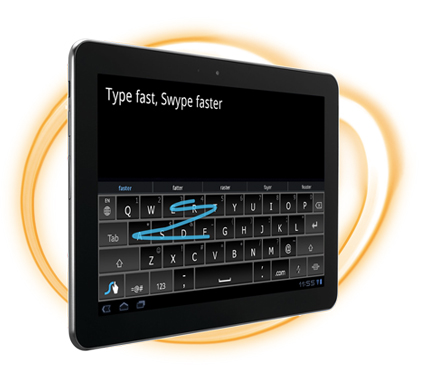
Swype fast
In Quimper, a small, slow place in France, I once read some graffiti on a courtyard wall that said: âIt is not the big that eat the small, it’s the quick that eat the slowâ. The average speed of a snail is 000.4 km/h per hour.